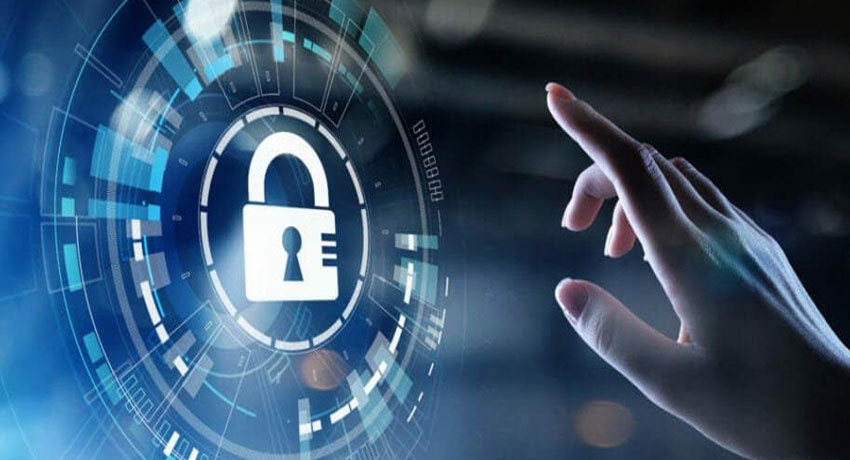Post Covid – 19’s widespread impact was felt not only in everyday life but also at the workplace.
Due to the pandemic there was an instantaneous and unavoidable shift to remote work, this gave companies little or no time to think about the cybersecurity of their firms. When users perform their job duties from remote locations such as when they work from home, travel for business or when they do their jobs in any location outside of the corporate perimeter, the potential security threats increase because people are accessing corporate data and systems from an external venue.
Post Covid Era, Businesses were forced to reinvent themselves with digital consumer-facing portals and restrictions for forced work from home across the world. Now, nearly 3 years are over but some companies have made remote work as a permanent feature or the new norm as commonly said.
Remote working is beneficial to both the employees and the employer as it cuts down on travel time, there is less absenteeism, staff is happier, office operational expenses are reduced but at the same time it also poses a lot of cyber-attack risk.
This new era brings many benefits to quality of life but it poses a significant security risk. The threat landscape is vast and varied in today’s interconnected economy. Organizations are most concerned with
– Data leakage – 49% of respondents rated this as their major concern
– Ransomware – 39%
– Attacks due to remote worker connections – 33%
– Attacks through Cloud Services – 34%
These incidents arise within a number of susceptible locations but weak Wi-Fi is the weakest link that gets hackers enter into the company network. After this, Cloud Infrastructure, Remote Endpoints and Third party supply-chain providers are the other most common entry points. Throughout the pandemic, 49% of organizations deployed remote corporate-owned mobile devices to their corporate network and 44% of companies added remote employee owned devices to their network. Companies have taken many measures to cope with the digital transformation and remote work. In today’s online world it’s essential that companies give serious consideration to remote cybersecurity for their remote employees.
What is Remote Work Security?
Remote Work Security is the branch of cybersecurity that is concerned with protecting corporate data and assets when people do their job outside of the physical office.
Some of the Remote Work Security Challenges are:
- Unsecured Wi-Fi networks
- BYOD ( Bring Your Own Device)
- Human Factors
- Lack of training
- Decreased Visibility
How to address the Remote work security challenges?
The most important strategy for remote work security is its awareness. Recognizing and acknowledging that the security risks exists. Failing to recognize that leads to some inherent security challenges which increases the likelihood of incidents occurring. A secure remote workforce begins by ensuring that risks are properly identified so that the companies can put the tools and training in place to mitigate them.
Certain tips should be followed to improve security when people work from home:
1. Employees should be encouraged to use Separate Login Credentials for personal and professional accounts.
2. Home Wi-Fi Routers and Networks should be updated and strongly secured.
3. There should be active communication between the employer and the remote staff.
What should organizations do to strengthen their defence against a remote workforce?
Develop a stronger remote security policy
That is the documented plan of an organization that governs all rules and procedures for employees performing their job duties outside the company office. That policy covers all major components like digital security, password hygiene, access management, device use, data protection, regulatory compliance, security awareness training, etc.
Identity Access Management and Multi Factor Authentication
The company should devise certain tools that effectively manage and secure access to their corporate system and data regardless of the user’s location.
Secured Virtual Private Networks
This is most important as majority of the leaks take place through a weak Wi-Fi. A Virtual Private Network adds a layer of security when accessing the corporate system from outside.
Encryption
Encrypting data ensures that information is protected at all times.
Endpoint Management
Security teams must ensure a clear visibility and oversight of the various devices used by employees working from home. Personal Devices that are used for work must comply with the company’s security protocols.
Communicating with the employees about Phishing and Malware Campaigns
To make them more aware and reduce the risk of such attacks.
Providing Vigilant IT support
Monitoring and Testing should be a regular feature to check for any unusual activity or any potential threat and to stop a security breach before the damage is done.
Remote Working is here to stay!
Information Security as it existed before the pandemic will not come back. Organized Cybercrime has become a lucrative activity. Hackers will keep coming up with loopholes and these attacks are becoming more and more sophisticated with time.
By understanding the top security risks for remote work and taking time to mitigate them, you can ensure that your company data and systems are protected. Remote Working can become as secure as employees working on site behind the high tech security.
And to take care of all these needs, we put across our product inDefend from Data Resolve Technologies, that is a Unified Suit for Threat Management and Employee Monitoring System. It effectively works on the remote workforce and takes care of all the security measures by having full transparency of all the employees at all endpoints, maintaining a log of all their activities and protecting not only laptops but Servers, Cloud Storage, Emails, Printer Gateways and BYOD. It operates on a single dashboard and sends real time alerts on any probability of a Data Breach. It has a Unified Workflow and Policy that manages access permissions for a huge group of scattered employees and helps you to track your remote workers. The product is a sure win and will take away all your worries of remote cybersecurity. To know more contact us!


